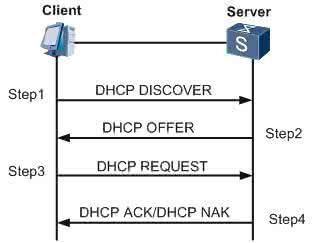We have investigated the role of temperature and magnetic effects on the stacking-fault energy (SFE) in pure austenitic iron based on Density Functional Theory (DFT) calculations. Using the axial next-nearest-neighbor Ising (ANNNI) model, the SFE is expanded in terms of the free energiesof bulk with face-centered cubic (fcc), hexagonal close-packed (hcp), and double-hcp (dhcp) structures. The free-energy calculations require the lattice constant and the local magnetic moments at various temperatures. The earlier is obtained from the available experimental data, while the later is calculated by accounting for the thermal magnetic excitations using the Monte-Carlo tech- niques. Our results demonstrate a strong dependence of the SFE on the magnetic effects in pure iron. Moreover, we found that the SFE increases with temperature.
翻译:我们根据密度功能理论(DFT)的计算,调查了温度和磁效应对堆叠式断层能量(SFE)在纯奥氏铁中作用的作用。使用轴心次近邻Ising(ANNNI)模型,SFE在用面向立方立方体(fcc)、六角近距离包装(hcp)和双倍赫克普(dhcp)结构的散装自由能量方面得到了扩展。自由能源计算需要各种温度的粘合常数和局部磁时段。早期的计算来自现有的实验数据,而后一种计算则通过使用蒙特-卡尔洛技术镍计算热磁感应。我们的结果显示SFE对纯铁磁效应的高度依赖。此外,我们发现SFE随着温度的升高而增加。




